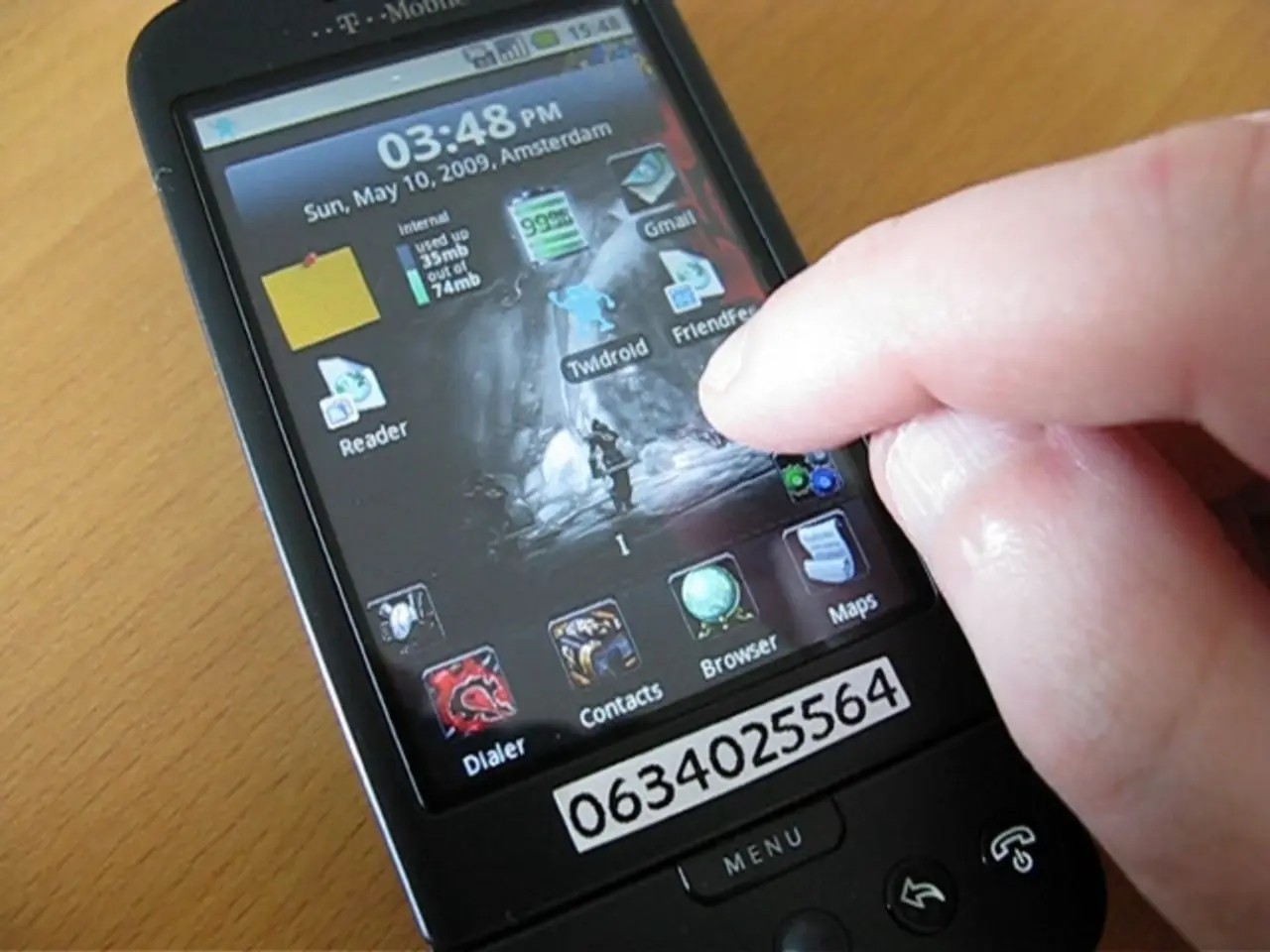Three decades of study have not revealed a connection between cell phone usage and cancer development.
In a groundbreaking study published in the Cancer Epidemiology journal, researchers led by Simon Chapman have challenged the notion that increased smartphone use leads to higher cancer rates. Contrary to previous studies, this latest research did not find a significant change in cancer rates among the study's participants, which included 19,858 men and 14,222 women.
The study, which analysed data from 1982 to 2013, mapped brain cancer rates against mobile phone usage in Australia. The findings do not support the claim of a link between increased smartphone use and increased cancer rates in the 30-year data from Australia.
The study's findings add to the growing body of evidence that suggests no link between mobile phone use and cancer cases. This is in line with the current scientific consensus, which states that there is no conclusive evidence that typical smartphone use increases cancer risk in humans.
However, the researchers emphasize the need for more research to fully understand the effects of smartphones on our bodies and minds. They acknowledge that their findings do not rule out the possibility of a small effect of smartphones on cancer risk, but they do not provide evidence for a significant increase in cancer rates associated with increased smartphone use.
The study also used data from two separate studies from 2011 and 2015 to support its findings. These studies had previously suggested links between increased cancer risk and smartphone usage. The fact that neither of these studies found the predicted increase in cancer rates in the 30-year data from Australia is significant.
Moreover, the study covered a large time span, making it more confident in stating that there is no "lag time" between increased smartphone use and increased cancer rates. The increase in cancer rates among people aged 70 to 84 is due to better detection and diagnostic techniques, not increased mobile phone use.
The study's findings challenge the claim that there is a "lag time" between increased smartphone use and increased cancer rates. This is an important development in the ongoing debate about the potential health risks associated with smartphone use.
While the study provides reassuring news for smartphone users, it is important to remember that ongoing research continues to monitor potential risks and biological mechanisms. Public health advice often recommends precautionary measures, especially for vulnerable populations, pending more rigorous long-term research.
In summary, the Australian study and subsequent international analyses reinforce a stance of cautious uncertainty, highlighting the need for continued investigation but not confirming a clear cancer risk from normal smartphone use.
- The study's findings, backed by data from multiple sources, contradict earlier reports suggesting a potential link between smartphone use and cancer, instead aligning with the ongoing scientific consensus that there is no substantial evidence supporting an increased cancer risk from typical smartphone usage.
- As the study covers a significant timeframe, it debunks the hypothesis of a "lag time" between increased smartphone use and cancer rates, emphasizing that the perceived increase in cancer rates among older adults is primarily due to improved detection and diagnostic techniques, rather than mobile phone usage.




